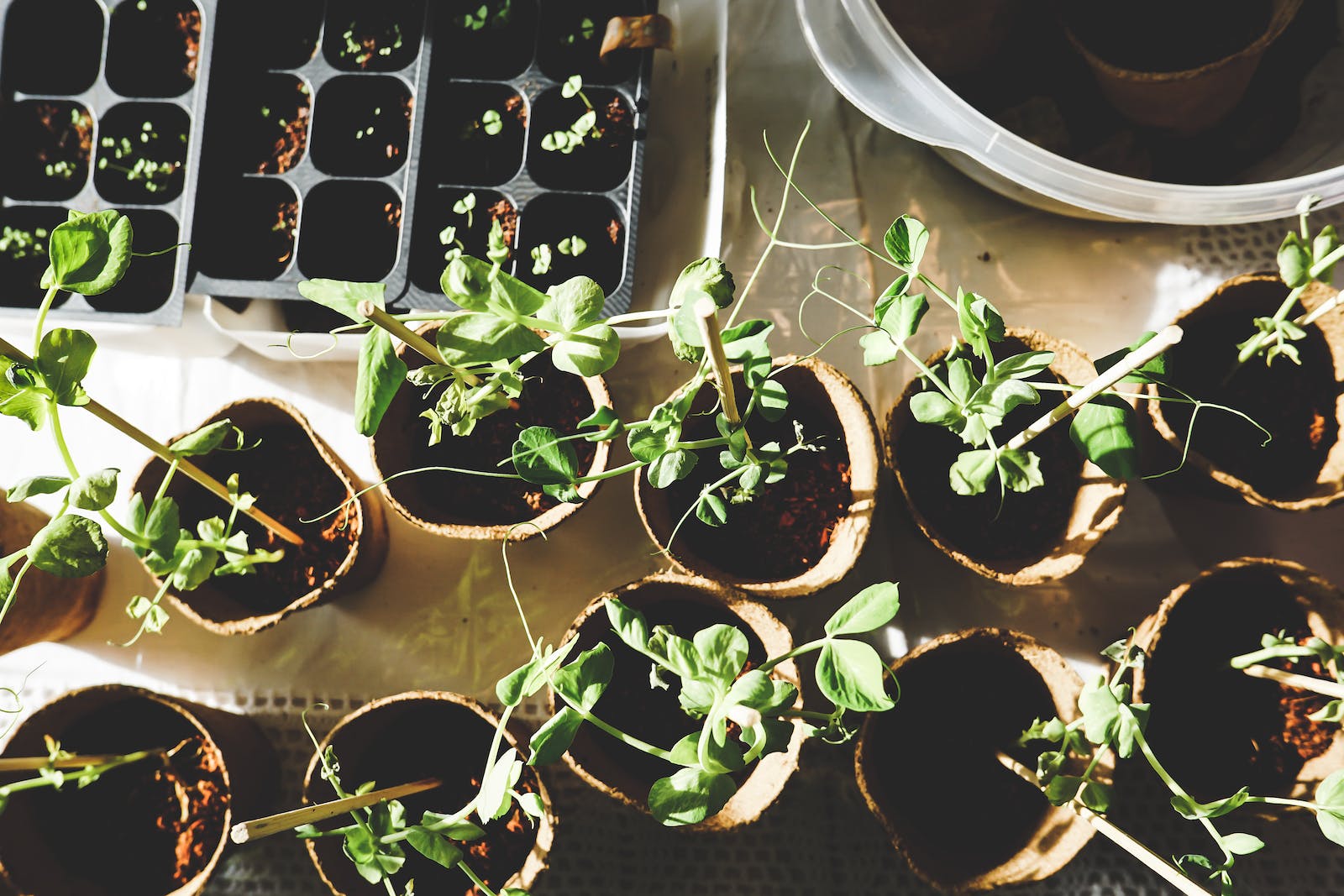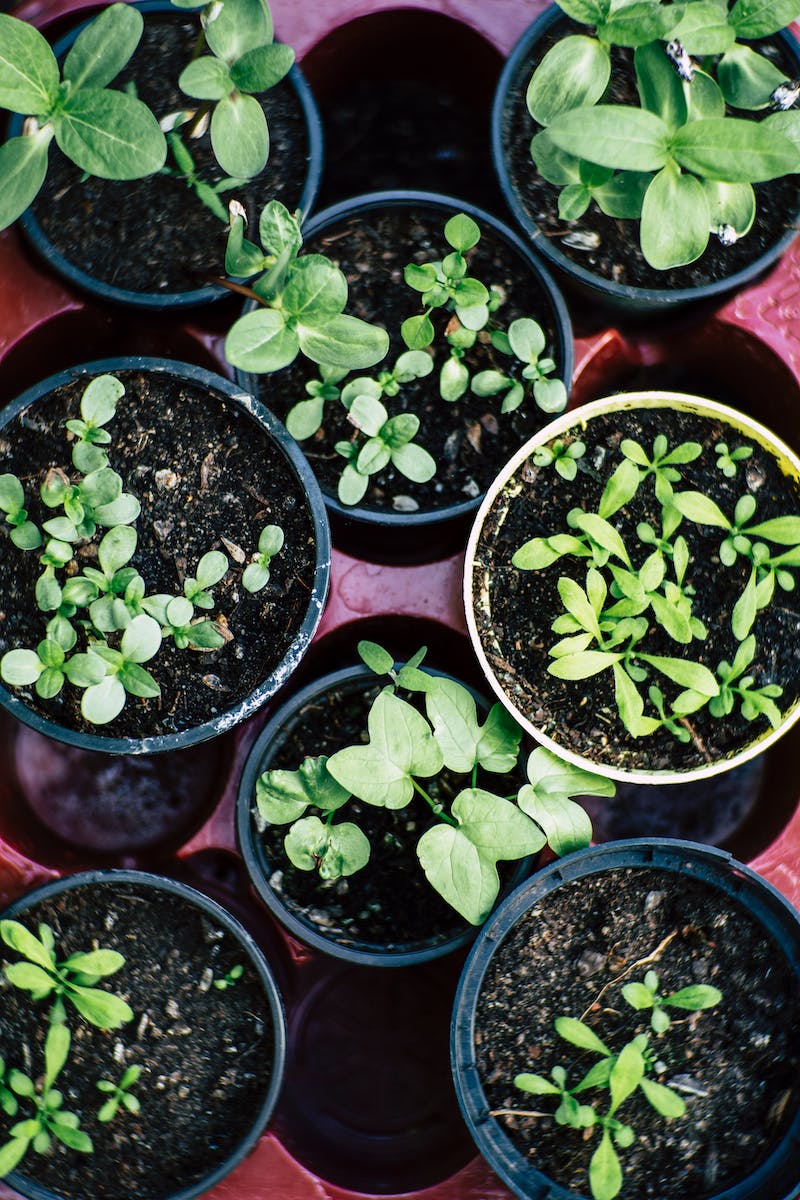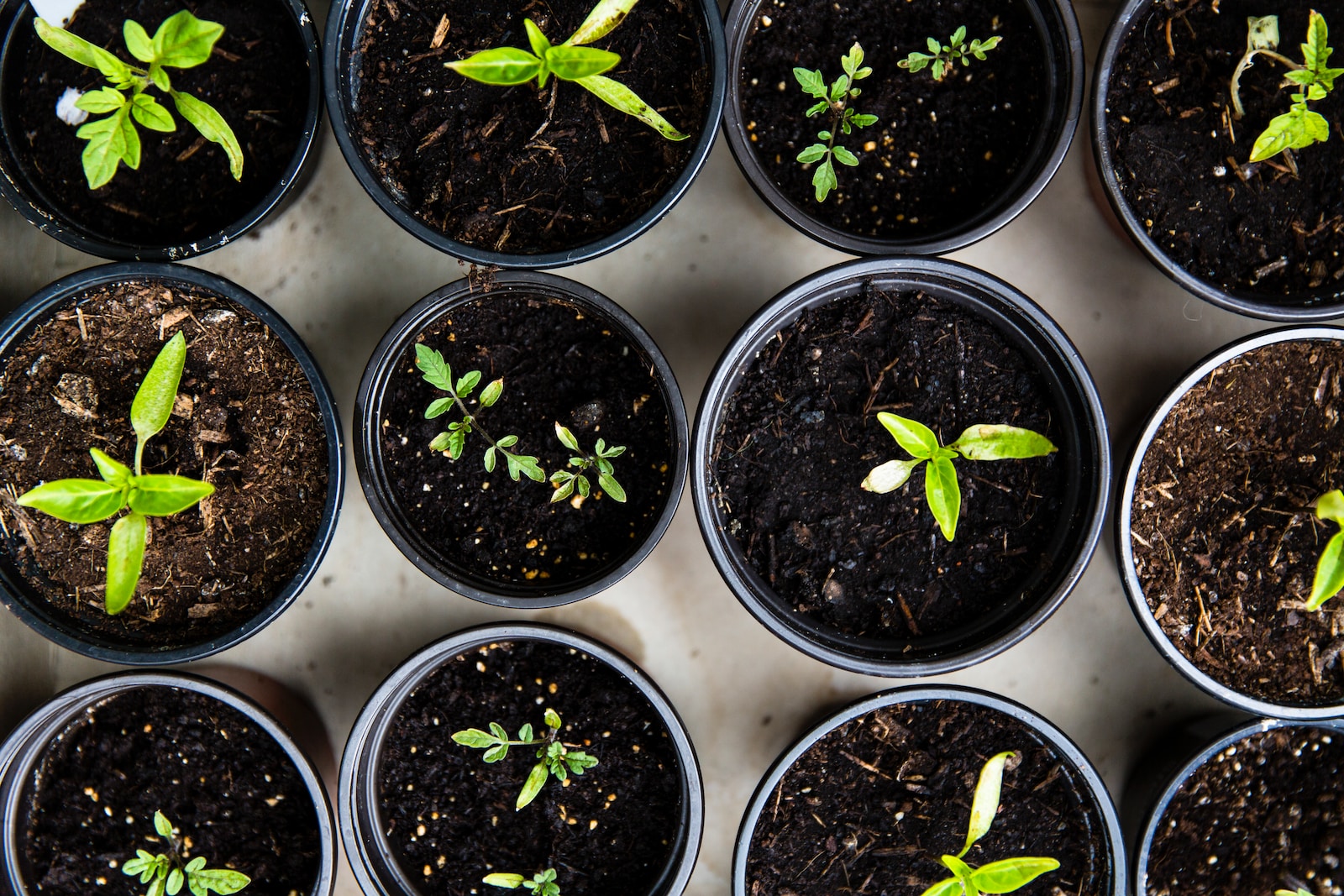Gardening is a cherished pastime for many, offering a tranquil retreat and a strong sense of accomplishment when you witness seeds transform into bountiful plants. However, not everyone has the luxury of a sprawling backyard or fertile soil. Enter container gardening, a versatile and accessible form of gardening that opens up possibilities for all, even those with limited space or challenging soil conditions.
Introduction
What is Container Gardening?
Container gardening is a practice where plants are grown in containers instead of planting them directly in the ground. These containers can be anything, from traditional clay pots and wooden boxes to more unconventional options like buckets, baskets, or even old boots! The plants cultivated in this way can be as diverse as your imagination allows – vegetables, herbs, flowers, succulents, even small trees.
Benefits of Container Gardening
Container gardening comes with an abundance of benefits. It’s an excellent solution for people living in apartments or houses with limited green spaces. Containers can be placed on balconies, patios, or even indoors near a window with sufficient sunlight. They offer mobility; plants can be moved according to the sun, or brought indoors during harsh weather conditions. This method also provides better control over soil, moisture, and pests leading to healthier plants. Lastly, container gardening adds versatility to your space, allowing you to change the look of your garden as you please.
Getting Started with Container Gardening
Choosing the Right Containers
Selecting the Right Size and Material
When it comes to choosing a container, size does matter. The container should be large enough to accommodate the plant at its full growth. It should also be deep enough for roots to spread comfortably. As for the material, there are a plethora of options. Plastic pots are lightweight and retain moisture well, but they can overheat in hot climates. Clay or terracotta pots are attractive and provide good air circulation, but they dry out quickly. Wooden boxes are durable and offer good insulation from heat, but they can decay over time. Choose a material that suits your climate, aesthetics, and plant needs.
Ensuring Proper Drainage
Good drainage is the key to the health of your container plants. Too much water can suffocate the roots and lead to rot. To ensure proper drainage, pick containers with drainage holes at the bottom. If your chosen pot doesn’t have any, you can drill a few yourself. Besides, consider placing a layer of gravel, broken pottery, or polystyrene balls at the bottom of the pot to prevent soil from blocking the holes.

Selecting the Right Plants for Containers
Understanding Plant Requirements
When selecting plants for your container garden, consider their growing conditions and care requirements. Some plants prefer full sun, while others thrive in shade. Some need consistent moisture, while others prefer dry soil. Read about the plants you like and choose those that fit your environment and lifestyle.
Choosing Plants for Your Climate
Your local climate plays a crucial role in plant selection. Certain plants do well in warm climates while others flourish in cooler conditions. Consult local nurseries or extension services to find out what plants are suitable for your area. When in doubt, native plants are always a good bet as they are naturally adapted to the local climate.
Gathering Essential Tools and Supplies
Before you begin your gardening venture, gather all essential tools and supplies. This includes potting soil, compost or fertilizers, a watering can or hose with a gentle spray, trowels for digging, pruning shears for maintenance, and gloves for protection. Having everything in hand will make the process smoother and more enjoyable.
Setting Up Your Container Garden
Preparing Containers and Soil
Cleaning and Sterilizing Containers
Whether you’re using new or previously used containers, it’s essential to clean and sterilize them before planting. This step eliminates any potential pathogens that could harm your plants. You can clean pots with hot soapy water and then rinse them thoroughly. To sterilize, you can soak containers in a solution of one part bleach to nine parts water.
Choosing the Right Soil Mix
The right soil mix is crucial for the success of your container garden. Garden soil is typically too heavy for container plants. Instead, use a good quality potting mix that is light, well-draining, and rich in organic matter. You can also add compost or slow-release fertilizers to provide additional nutrients.
Planting and Transplanting
Properly Planting Seeds and Seedlings
When planting seeds, follow the instructions on the seed packet for depth and spacing. Cover the seeds lightly with soil and keep it moist until seeds sprout. If you are planting seedlings, make a hole in the soil large enough to accommodate the root ball. Place the seedling in the hole and cover it with soil, making sure the base of the stem is at the same level as the soil surface.
Transplanting Established Plants
Transplanting larger plants requires care. First, water the plant thoroughly to minimize stress during the move. Then, carefully remove the plant from its original pot, taking care not to damage the roots. Prepare the new pot with soil and make a hole large enough for the root ball. Place the plant into the hole, cover with soil, and water well.

Caring for Your Container Garden
Watering Techniques
Determining Watering Frequency
The frequency of watering depends on many factors – the type of plant, the size of the container, the material of the container, and the local climate. As a general rule, water when the top inch of soil feels dry to touch. However, succulents and drought-tolerant plants prefer their soil to dry out completely between watering.
Proper Watering Methods
When watering, aim to soak the soil thoroughly, so the water reaches the entire root system. However, avoid overwatering which can lead to root rot. It’s best to waterslowly and evenly, allowing the water to penetrate the soil rather than running off. Use a watering can or hose with a gentle spray attachment to avoid damaging the plants.
MulchingMulching is an important step in container gardening as it helps to retain moisture, suppress weeds, and regulate soil temperature. You can use organic mulch such as shredded bark, straw, or compost. Spread a layer of mulch around the base of your plants, making sure to leave a small gap around the stem to prevent rot.
FertilizingContainer plants require regular fertilizing to provide them with essential nutrients. You can use slow-release fertilizers or organic fertilizers such as compost or worm castings. Follow the instructions on the fertilizer package for application rates and frequency. Be careful not to over-fertilize, as this can burn the plants’ roots.
Pruning and MaintenanceRegular pruning helps to promote healthy growth and maintain the shape of your container plants. Use pruning shears to trim back any dead or damaged foliage and to shape the plant if necessary. Remove any spent flowers or fruit to encourage new growth. Regularly check for pests or diseases and take appropriate action if needed.
Protecting Your Container GardenPests and DiseasesContainer plants are susceptible to pests and diseases, so it’s important to keep an eye out for any signs of trouble. Inspect your plants regularly for pests like aphids, mealybugs, or spider mites. If you notice any pests, you can try using natural remedies or insecticidal soaps. For diseases, remove infected plants or affected leaves to prevent further spread.
Winter ProtectionIf you live in a cold climate, you may need to protect your container garden from freezing temperatures. Move your containers to a sheltered location, such as a garage or basement, or wrap them in insulating materials like burlap or bubble wrap. Avoid placing containers directly on the ground, as this can lead to cold damage.
By following these steps and providing proper care, your container garden will thrive and provide you with beautiful plants and bountiful harvests. Enjoy the process and the rewards of growing your own plants in containers.
